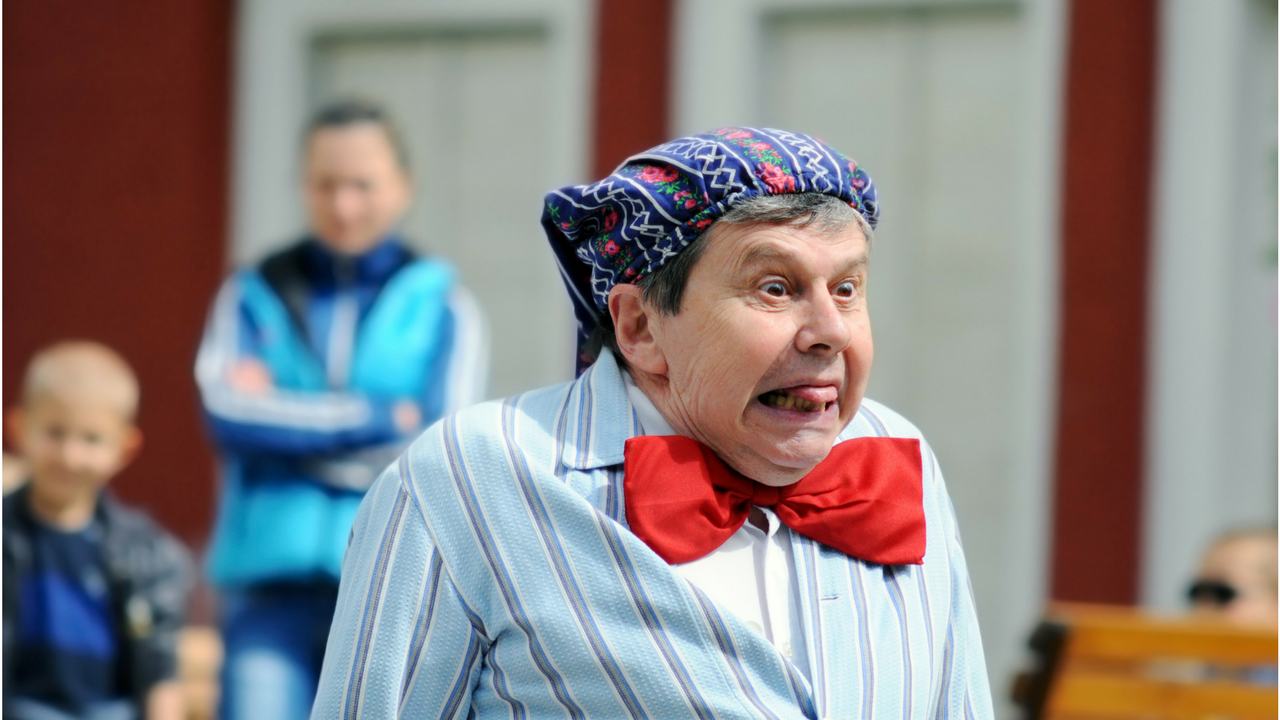Talking with Toddlers #4: The Power of Pantomime
Apr 03, 2018
One of the best parts about having a toddler is the joy of seeing the mundane world through the eyes of your child. Everything is so new and exciting to them. A dirty rock or a dead leaf can create hours of joy and exploration. While this fresh way of seeing the world is fun to watch and can be very entertaining, it can also be very frustrating.
Young children's understanding of the world is limited to the senses; what can be seen, touched, smelled and heard. It can be a bit tricky as an adult to remember what the world looked like from that limited point of view. What appears to make sense to us, can be far out of reach for your toddler to grasp. One of the best ways to bring ideas and concepts to a toddler's level of understanding is pantomime.
Body Language
If our young child is having a hard time following directions, or shows frustration, parents have a tendency to increase their facial expressions and tone of voice. If we say it louder, or in a sterner tone, our children will understand better. But we are still using language as out main mode of communicating. Language is often too abstract for the young child, especially in a time where they are feeling upset or frustrated. Or when you need them to stop a behavior that makes total sense to them but is dangerous or inappropriate.
Only 20% of meaning is conveyed by the words we use. Another 10% is the tone of our voice. Which leaves a whopping 60% of meaning to come from our gestures, posture, and facial expressions; your body language. You use your body to communicate every second of the day. Toddlers use gestures even more to make up for their limited verbal skills. So we are not introducing an entirely new concept with pantomime, just increasing the intensity of the body language you already use.
Increased Gestures vs Over exaggeration
Exaggeration of body language is key to explaining new things to young children. There is a fine balance between, making your expressions bigger and turning yourself into a clown. We want to use the gestures to explain, but we want to avoid turning those gestures into dumbing down the message. Your language and your tone are the same but you are just using more gestures and body language.
For example, your child is climbing on a chair in the kitchen. You are worried about your child falling off the chair. You tell your child, "Climbing on the chair is scary, you could fall." But the child is focused on the upward climbing. They are not looking down. So your words are not enough to get your focused, one-track-minded toddler to stop. The option I see many parents take is to over exaggerate the words and emotion. From across the room a parent will say, in an exaggerated tone of voice with hand and arm gestures, "Oh no, you are climbing up so high. I am so worried you are are going to fall down and get an owie." The parent may even be pointing up and down to show what they are saying. The child will look at the parent for a moment and then continue climbing.- sound familiar to anyone?
The first thing to make your words and your gestures more effective, is to move directly into your child's field of vision. This may mean getting really low, or having to stand up tall (especially if they are climbing). It may also require you touching them. Once we know they are looking at us, we can talk about what they are doing and what needs to change. Here is an example of how it could go. "Wow, you are up really high (point toward the ground). Look how far down the ground is. If your foot were to slip (touch their foot, and wiggle it a little) you could fall all the way down (move your whole body in a falling motion) and you could bump your head (hit your head with your hand) or fall on your arm (grab your arm). It would hurt so much (make a sad face). I want to keep you safe so (pep up your voice and brighten your face) lets find a safe place to climb."
Of course it is not always possible to be right next to them, but be sure they are looking at you. Then use your body and face to act out what could happen or what needs to happen. Young children are visual learners. Use the power of body language to make your message more clear.
Stay connected with news and updates!
Join our mailing list to receive the latest news and updates from our team.
Don't worry, your information will not be shared.
We hate SPAM. We will never sell your information, for any reason.


